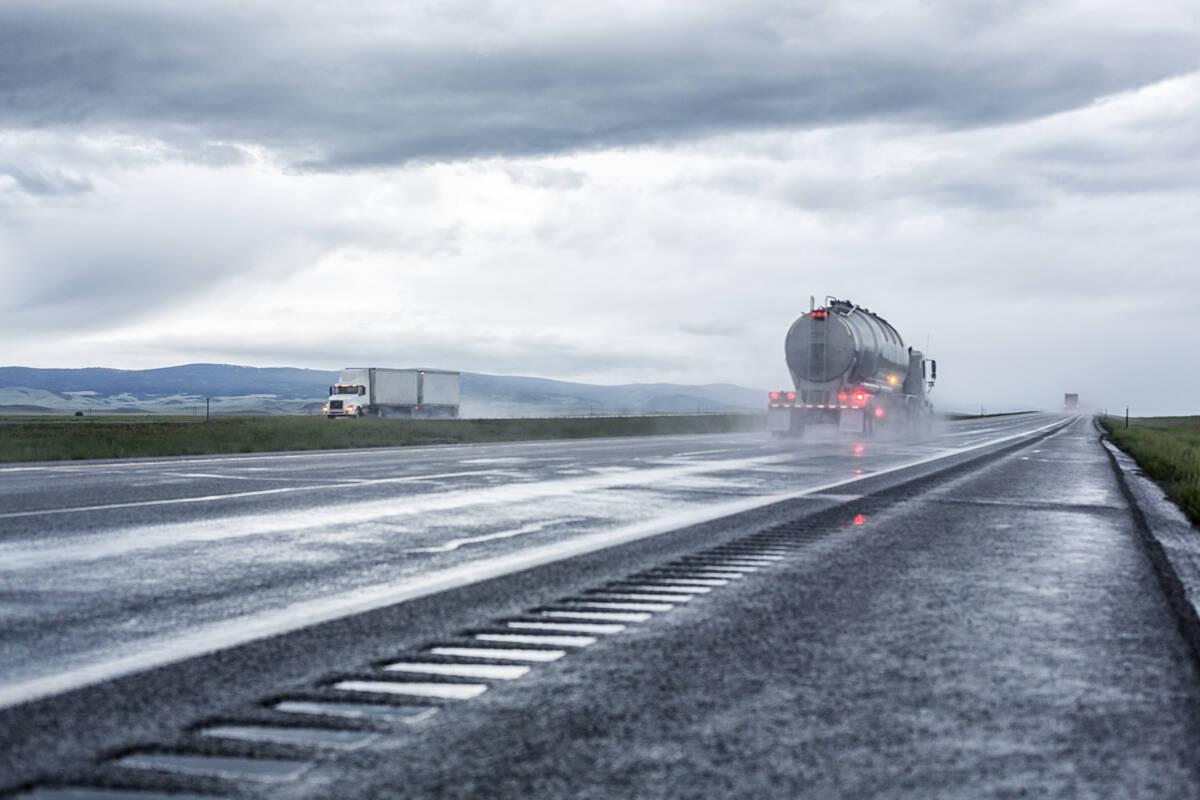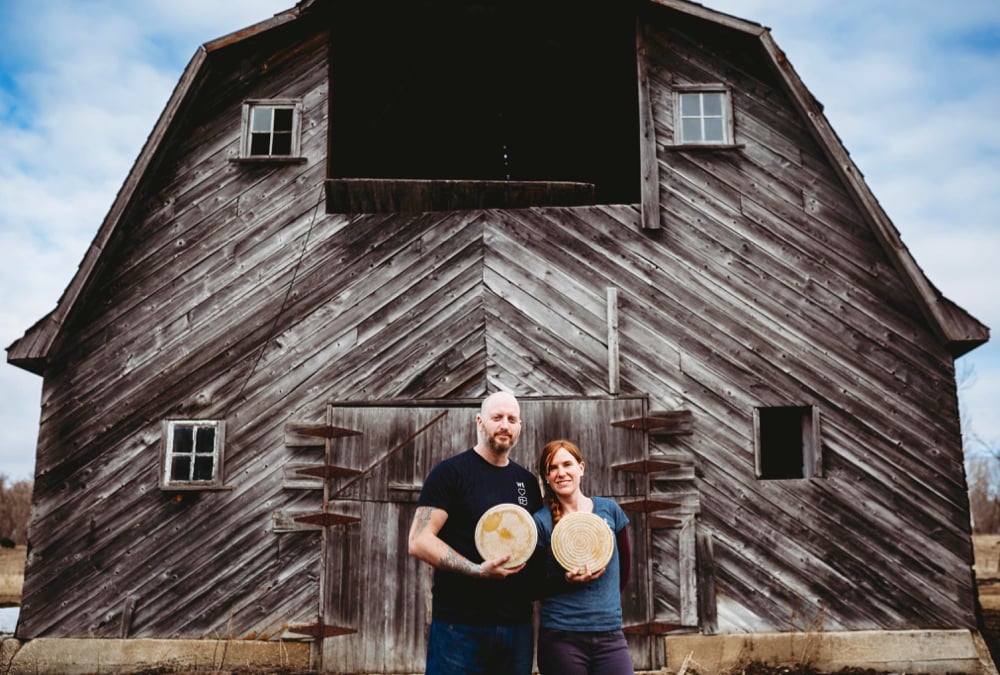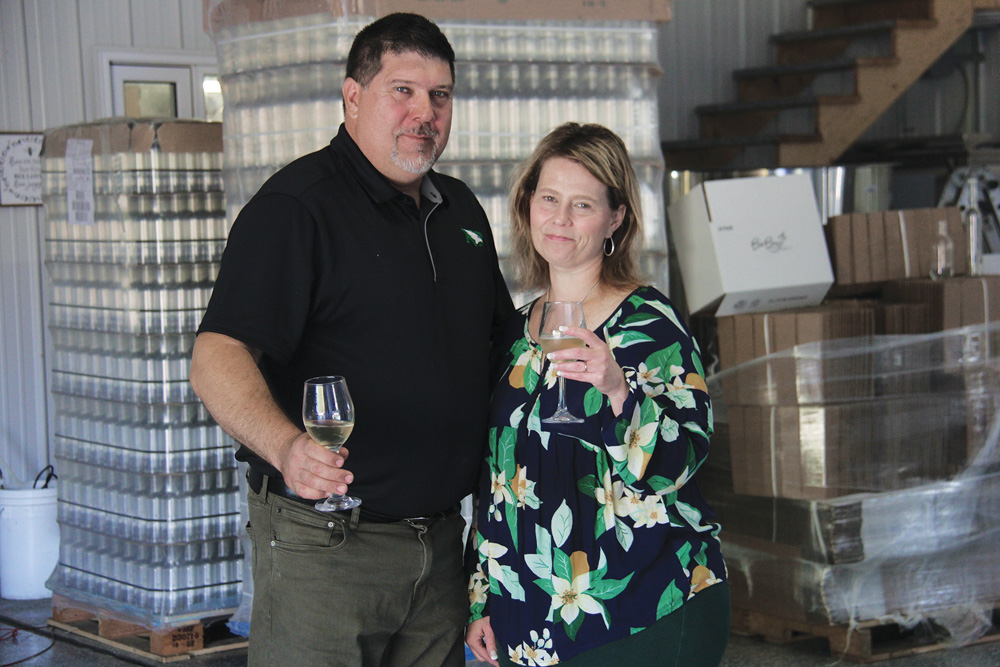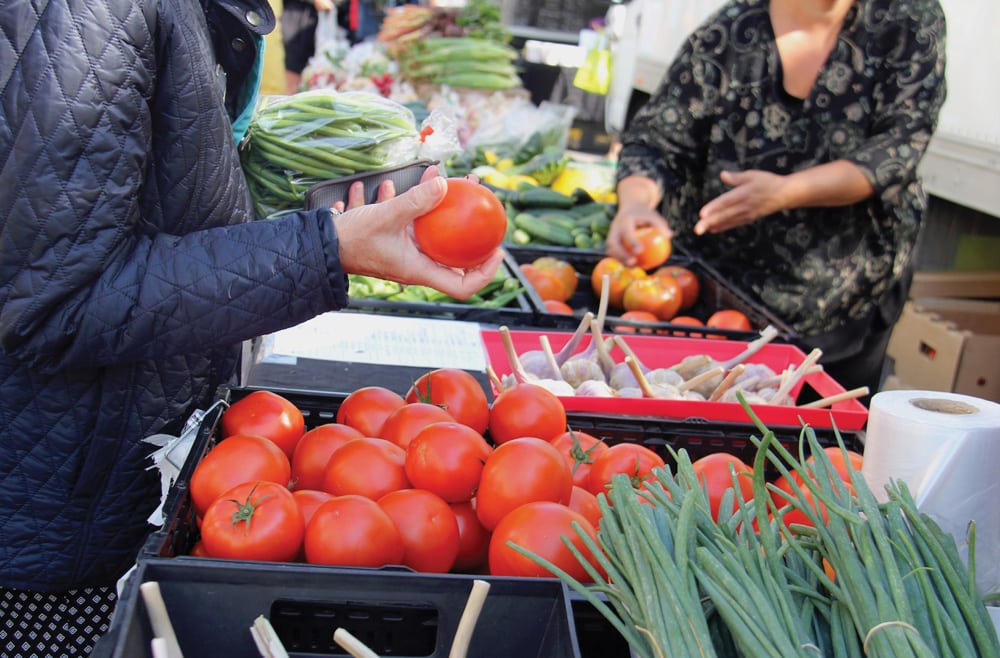University of Illinois Extension – After a spring frost University of Illinois Extension often gets questions about rhubarb and asparagus – are they safe to eat.
Growing rhubarb is fairly easy as long as Mother Nature keeps temperatures above freezing once the leaves have emerged. Rhubarb should not be harvested when the leaves are wilted and limp after a hard freeze.
The part that we consume is the petiole or the leaf stalk. Rhubarb leaves should never be eaten since they contain a toxic substance called oxalic acid. Under normal harvest the leafstalk is cut at the base and the leaf blades are trimmed off. After a hard frost oxalic acid may move from the leaves into the leafstalk. When consumed the oxalic acid can crystallize in the kidneys and cause permanent damage to the organs.
Read Also

Province pledges funds to CentrePort Canada
The Manitoba government has pledged $450,000 towards projects at inland port CentrePort Canada.
In addition to the potential toxicity, the rhubarb leaf stalks will be of poor texture and flavour.
All rhubarb leaf stalks/petioles that have been exposed to freezing temperatures should be removed and discarded. The re-growth is safe to eat. As normal harvest begins, always leave at least one-third of the petioles un-harvested to insure the plant will return next season.
This article was originally published on May 1, 2014. Click here to read the original article on the University of Illinois website.















